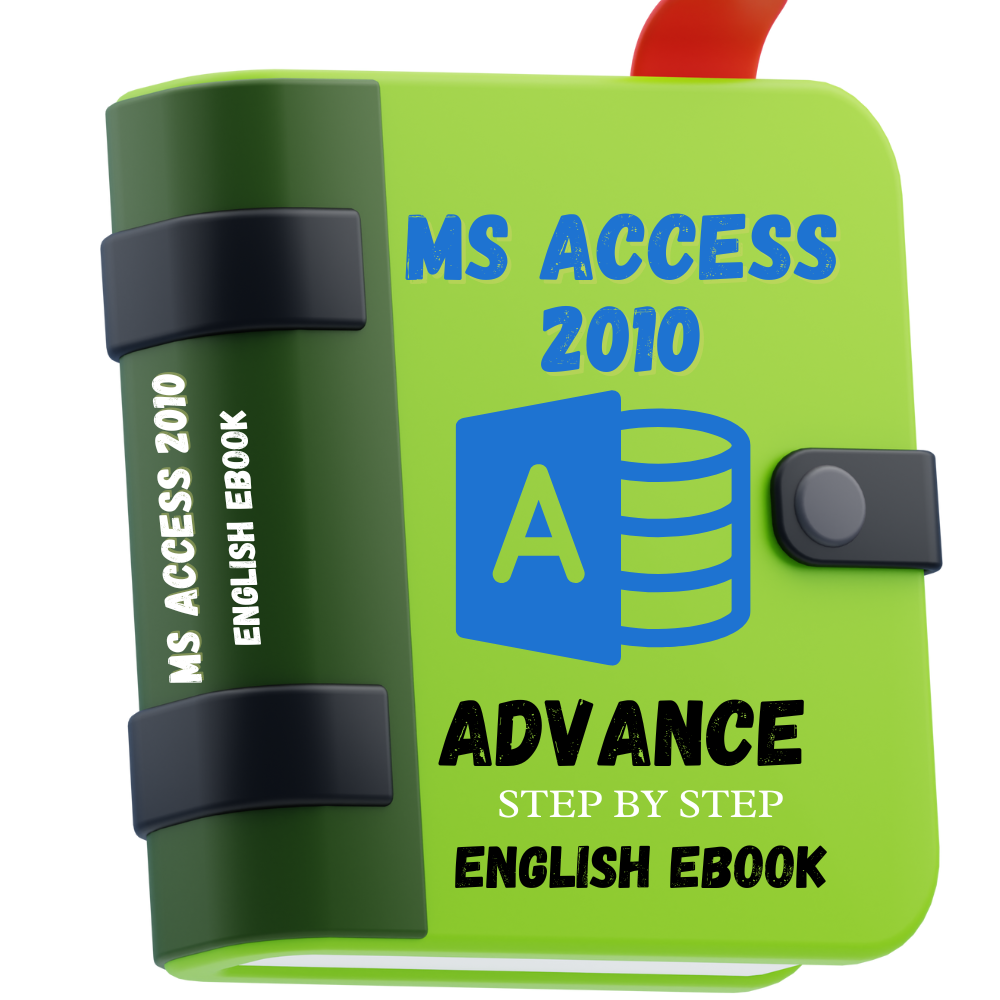
Ms Access Ebook In English
Microsoft Access is a relational database management system (RDBMS) that is part of the Microsoft Office suite of applications. It provides a user-friendly interface for designing, creating, and managing databases. Here's a brief description of its key components and functionalities:
1. Database Creation and Management:
- Access allows users to create databases to store and organize data efficiently.
- It supports the creation of tables, forms, queries, reports, and other database objects.
2. Tables:
- Tables are used to store data in Access.
- Users can define fields (columns) and data types for efficient data storage.
3. Forms:
- Forms provide a user-friendly interface for entering and viewing data.
- Users can create custom forms to suit specific data entry needs.
4. Queries:
- Queries allow users to retrieve, filter, and manipulate data from tables.
- SQL (Structured Query Language) can be used for advanced querying.
5. Reports:
- Reports enable users to present data in a formatted and printable layout.
- Users can design custom reports for analyzing and sharing data.
6. Relationships:
- Access supports the creation of relationships between tables to maintain data integrity.
- Relationships ensure consistency and accuracy when working with related data.
7. Data Macros and Automation:
- Access includes features for automating tasks using data macros and macros.
- Users can create custom actions and automate repetitive processes.
8. Integration with Other Office Applications:
- Access integrates seamlessly with other Microsoft Office applications, such as Excel and Word.
- Data can be imported/exported, and Access objects can be linked to other Office documents.
9. Security:
- Access provides security features to control user access to databases.
- Users can set permissions at various levels to protect sensitive data.
10. Web Databases (Access Services):
- Access supports the creation of web databases that can be shared online.
- Users can collaborate on web databases and access them through a web browser.
11. Visual Basic for Applications (VBA):
- Access includes a powerful programming language, VBA, for creating custom solutions.
- Users can develop macros and automation scripts using VBA.
Microsoft Access is suitable for small to medium-sized databases and is commonly used for tasks such as managing inventory, tracking customer information, and creating simple business applications. It provides a balance between ease of use and robust database management capabilities.

